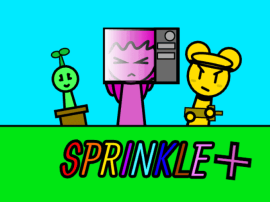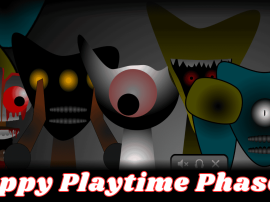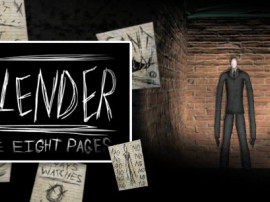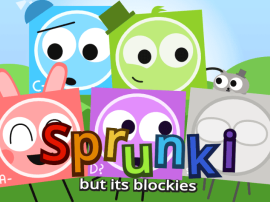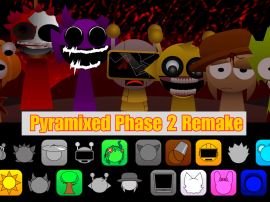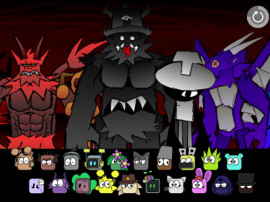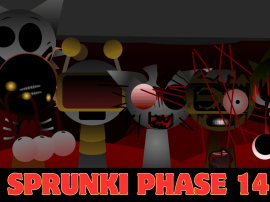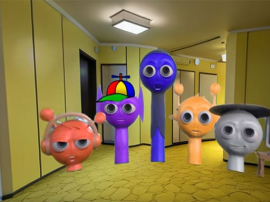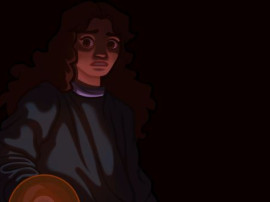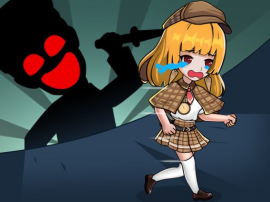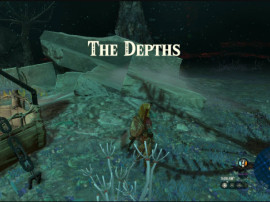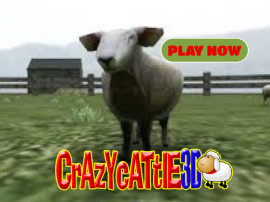
Julia Was Alone Chapter 1
Introducing Julia Was Alone Chapter 1
Julia Was Alone Chapter 1 is a psychological horror game developed by A. V. Dossow that masterfully blends suspense, terror, and psychological elements. The game centers around Julia, a 19-year-old horror movie enthusiast and aspiring author, who finds herself alone at home for an hour after her mother leaves to run errands. What starts as an ordinary evening quickly spirals into a nightmare when Julia opens the door to a stranger, setting off a series of terrifying events that test her sanity and survival.
How to Play
Julia Was Alone Chapter 1 is a character-driven psychological thriller that draws players into a narrative filled with dread, uncertainty, and choices that influence the storyline. The game requires players to navigate Julia's unsettling environment, where reality and psychological nightmares blend seamlessly, and every decision you make determines the game's outcome.
Game Start
The game begins by introducing players to Julia's life, her upbringing, and her current state of mind through rich narration and visual storytelling. The setting is Julia's home, where she is alone and must explore her surroundings to uncover secrets, interact with various objects, and learn more about her own life and the dangers lurking in the shadows.
Exploration and Interaction
- Navigating the Home: Players can click on different sections of the house to move Julia around. Each room holds a variety of objects to inspect, collect, or interact with.
- Interacting with Objects: Clicking on certain items allows players to gather useful tools, learn key story details, or trigger events that advance the narrative. Some objects might provide essential clues or critical items that aid in survival.
Decision-Making and Story Development
- Decision Points: Throughout the game, players face crucial decisions that range from minor choices to significant actions that impact the story's progression.
- Influence on the Story: Every decision can lead to different paths and outcomes, so players must weigh their options carefully. Choices can lead to alternate endings, each revealing unique aspects of the plot and Julia's fate.
Puzzles and Challenges
- Solving Riddles: Players must solve a variety of puzzles to advance. These may involve using collected items, interpreting clues, or solving logic-based challenges.
- Overcoming Obstacles: Attention to detail is crucial as players face numerous challenges that test their wit and problem-solving skills. Successfully navigating these challenges is essential for advancing the storyline and ensuring Julia's safety.
Ambience and Suspense
- Building Tension: The game uses a carefully crafted atmospheric design, eerie sound effects, and unsettling visuals to create an intense sense of tension.
- Psychological Horror: As players progress, they encounter psychological twists that keep them on edge. The game's narrative constantly shifts between reality and hallucination, making every moment unpredictable.
To the End
Choices made throughout the game can lead to different endings, each providing a unique perspective on Julia's fate. The multiple endings encourage players to replay the game, uncover more of the story, and discover new outcomes. Explore the depths of Julia's fears and face the unknown to shape her destiny.
Have fun and good luck!
